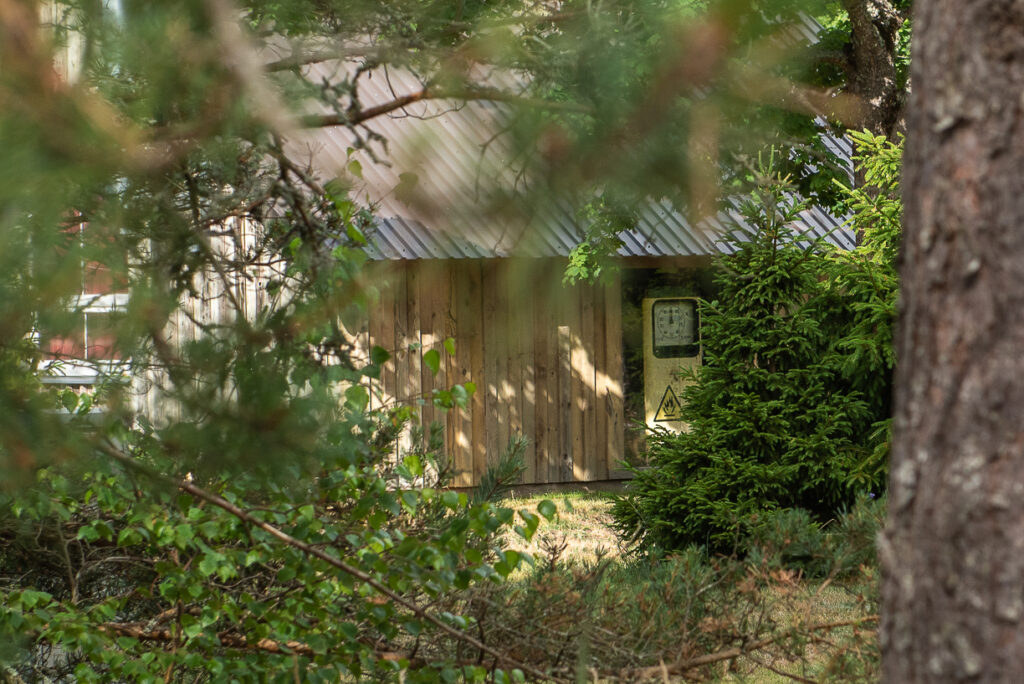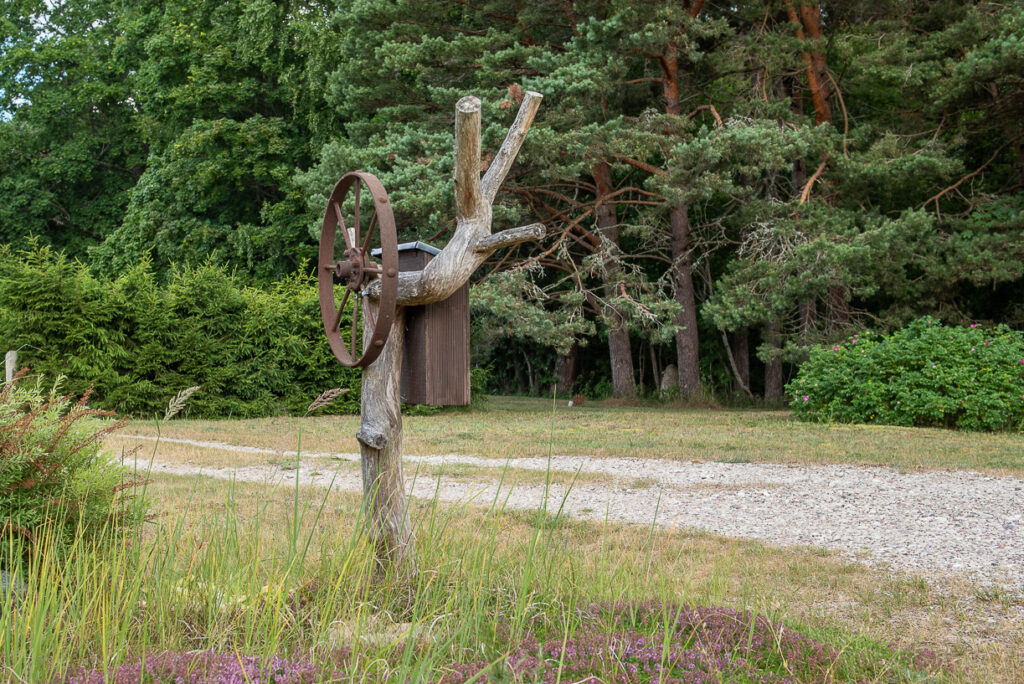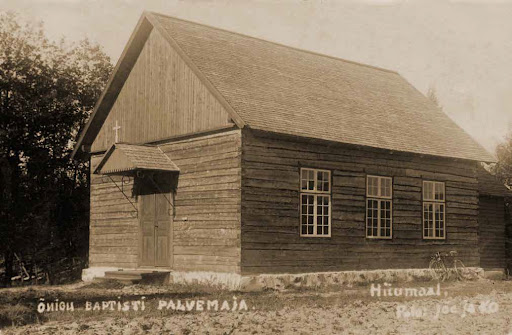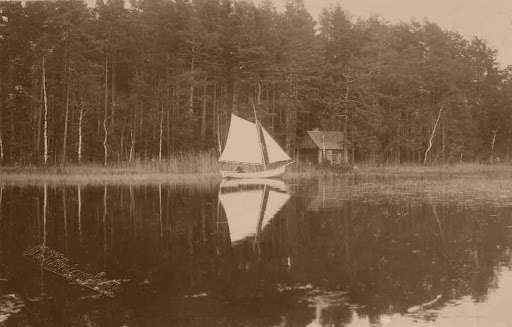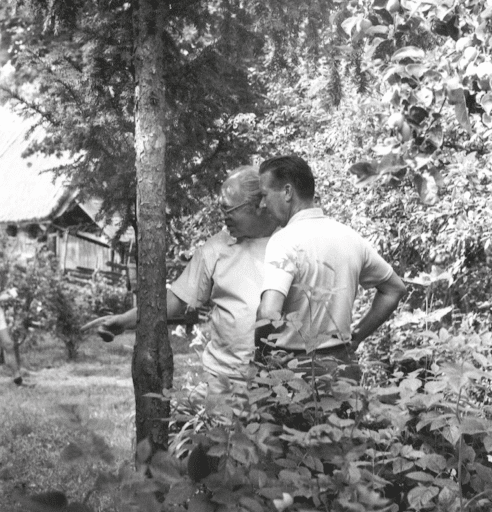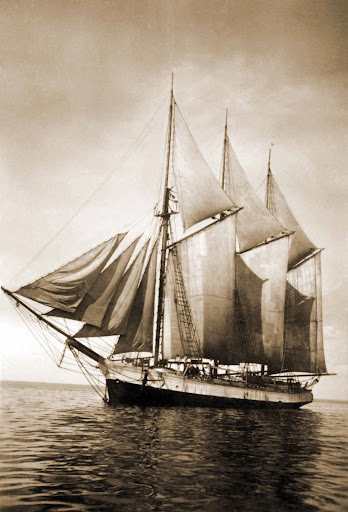Õngu village
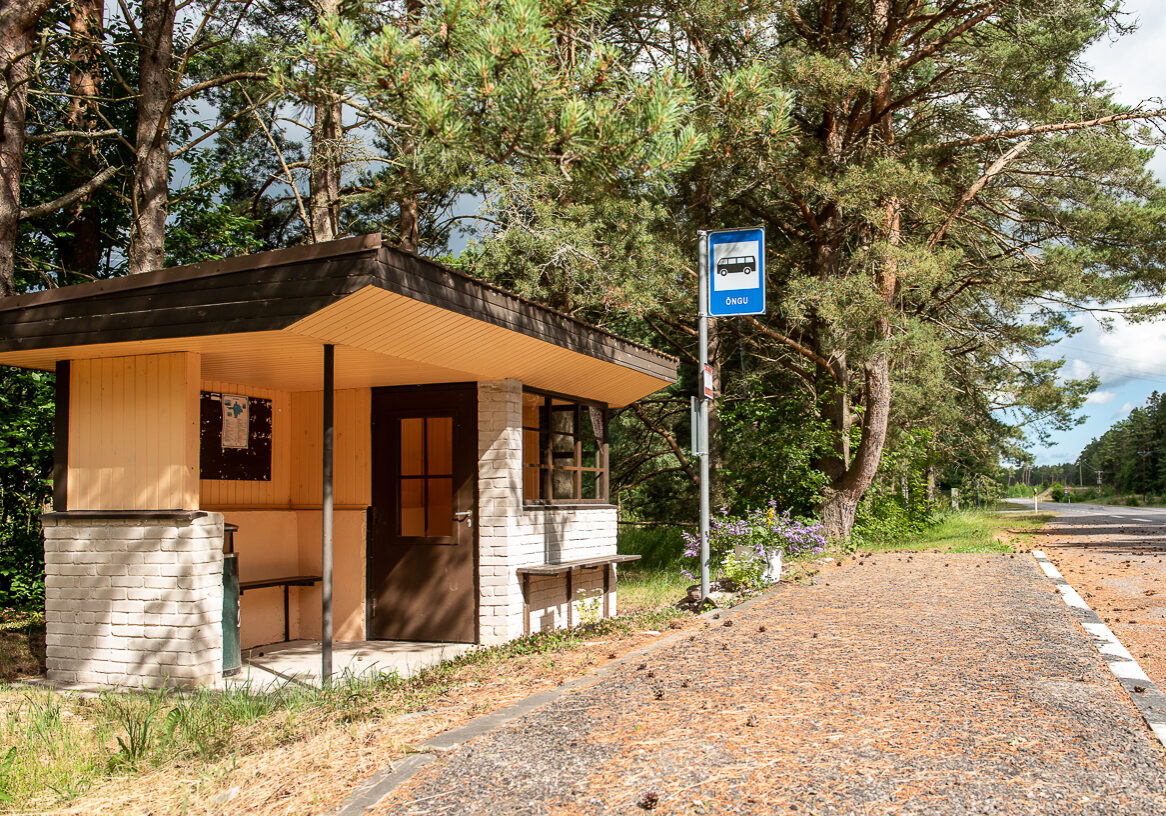
The oldest written record of Õngu (also: Öinigu, Ennige, etc.) village dates from the year 1583. A brook by the same name flows through the village and via the millpond into Mardihansu Bay. There was a watermill in operation on the brook already in the 16th century. In 1990, a fish farm was founded nearby; and the millpond was cleaned. Mill services, although no longer pow- ered by water, were offered in the village all the way up to the middle of the 20th century. Now, people can marvel at one of the smallest windmills on the island here. As time passed, Õngu evolved into a typical coastal village of Hiiumaa. Many famous sailors and shipbuilders grew up here – the Hanslep(p)s, the Vanaseljas, the Timmelmanns, the Engsos, and others. For many years, there was a loading place for exporting timber on the village coast. From 1937 to 1939, a 35-metre-long three-masted motor sailboat was built in Õngu village. The sailboat was named Alar; and it is the biggest old wooden ship built in Estonia that has survived up to the present day. Ingel Timmelmann-Pork (1855-1937), who came from Õngu village, gave the name Hiiu to a subdistrict of the Nõmme district of Tallinn.
These days, one of the sights drawing attention in the village is a species-rich rhododendron garden (a private property), which is situated in the pine forest. Various other rare plants grow there as well. The building of the Baptist praying house, which was actively used before World War II, has been torn down; while thedwelling house of the Vanaselja family, which was de- signed and built by the local builder August Lund (1890-1969) in the 1930s, as well as several other old buildings in the village, have been either restored or well maintained.
Gallery
It is a waypoint on the journey
Sorry, this object is not part of any journeys
You might also be interested in:


